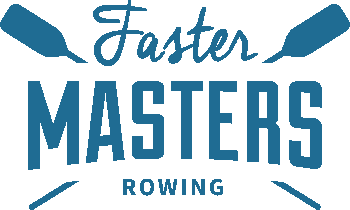What attributes does a Masters boat have as accommodations for increased age? Van here, in Massachusetts US.Masters Rower.
For the last 15 or so years I have been rowing in a Graeme King designed single I built in 2007..
I added a Rowfit wing rigger, in consultation with the designer, to replace the side mount rigger that the boat was designed for.
It has been a great boat and I have rowed it every year at least 70 times a year in all sorts of venues. I have even raced it a few times although I never did very well, I am not a fast rower and I was carrying 40 extra pounds until a few years ago. I have attached a photo of “Boanne” (the Celtic goddess of rivers and poets)
But last year, rowing with other people which I rarely do, no judgement please, I was on a strange river and got caught in a whirlpool below a bridge abutment and I capsized into cold water. It was a bad situation but I survived the hypothermia thanks to the kindness of strangers. However the incident left me rattled and in fact fearful.
I was forced to look hard at the whole activity of rowing and how I approached it. I am back now rowing to my usual schedule of 3 or 4 times a week now. But I can’t feel the total lack of fear that I had known for many years. So I am rethinking the whole thing.
I am 72 but I absolutely am not going to stop doing what I love and what is such a critical part of my self image.
However I am only going to row in really good to excellent conditions, being retired and only working part time now gives me the freedom to do that.
I love my boat but it is getting on but I think it may be time to build the “last boat”. I have rowed boats I have built for myself for the last 30 years, all wood and carbon. I have no interest in rowing a factory built boat, I respect those boats but I don’t want one.
I recognise that I want a boat with more initial stability and I keep thinking back on my old Kingfisher that I built and rowed in the late 90s. However that boat is based on more traditional sculling designs and I would like a more modern boat.
This is a long way to get to my question for the Masters rower community.
“What attributes does a Masters boat have as accommodations for increased age?” Production boats are useful for comparison but I am not going to buy one.
Incidentally I have been communicating with King about this project and we both agree that the KIngfisher design is the logical starting place. If you don’t know that boat you can look it up in the “Wooden Boat” magazine archives.
I built and rowed one back in the late ’90’s, I regretted selling it, the most comfortable boat I was ever in. But it was an old fashioned style boat with soft decks and open seat deck. It also had a hard chine because it was initially designed to be built with 3mm plywood. I would make some changes to a hard deck and enclosed cockpit. I would keep the hard chine and width simply for the increased security and comfort, this is not a boat I will ever race.
Thanks for all you do, Van.
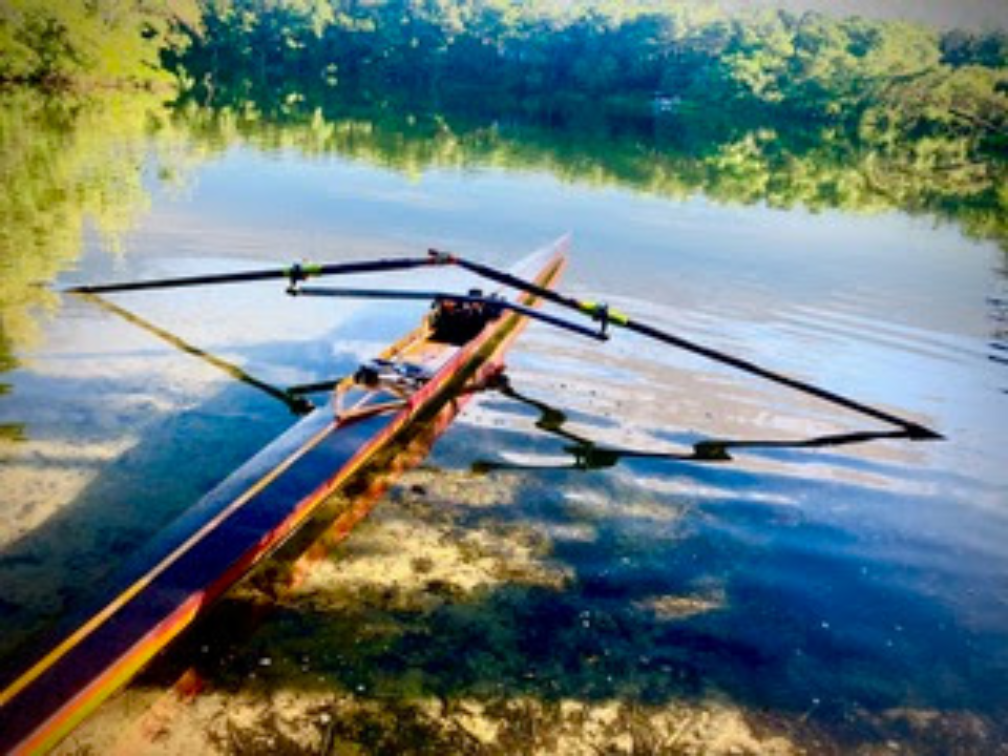
Discussion advice from Masters Facebook Group
There was a lot of advice and recommendations – I’ve listed below the boat designs mentioned.
And some of the comments, to read the full post you have to join the group [please answer the membership questions – these help us to filter out spammers].
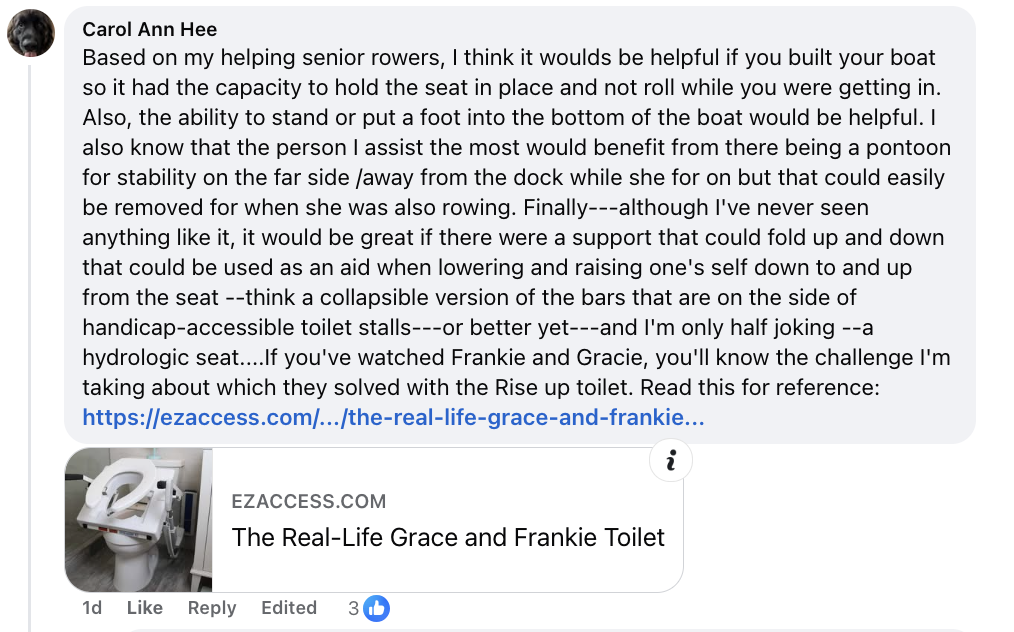
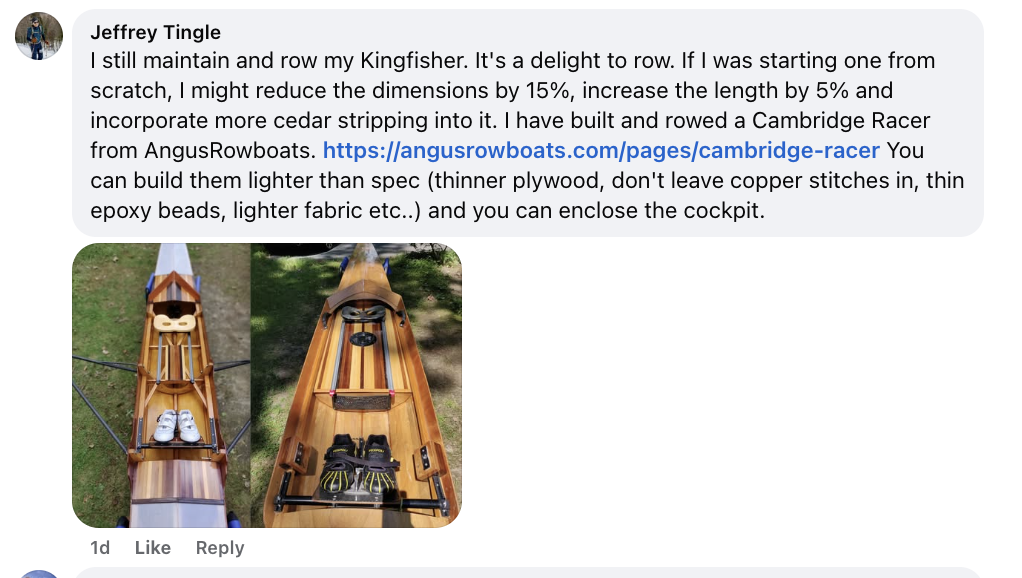
Boat design adaptations for older single scullers
The principal design changes discussed include
- adding pontoons to your current boat for stability
- Possible to make it an inch or two wider? Add a foot of length?
- Was the V-bottom on the kingfisher agreeable? Did it track well, was it sufficiently quick, is it nice and stable, could you row with square blades? I certainly wouldn’t bother with a round bottom design.
- A member of our little club has a Graham King built trainer, roughly 14″ beam.
- To me the other major factor would be related to what you might need to carry and launch the boat – i.e. if you’re carrying yourself and that might become a concern, weight really matters
- my boat salish. She is 18 feet LOA and 28 inch beam, self bailing and open transomed. She is much more stable than a shell
- capacity to hold the seat in place and not roll while you were getting in. Also, the ability to stand or put a foot into the bottom of the boat would be helpful. I also know that the person I assist the most would benefit from there being a pontoon for stability on the far side /away from the dock while she for on but that could easily be removed for when she was also rowing. Finally—although I’ve never seen anything like it, it would be great if there were a support that could fold up and down that could be used as an aid when lowering and raising one’s self down to and up from the seat –think a collapsible version of the bars that are on the side of handicap-accessible toilet stalls
- the newer Fluidesign singles have the step lowered to the bottom of the boat rather than at the level of the tracks. easier to do in molded designs than wood.
- I am wearing an inflatable life vest. It’s the jacket type. I do leave it unbuckled so that the front can be open enough so that it doesn’t interfere with the stroke. My wife has started using an ankle tether that came off a stand up paddle board. Earlier this year she rolled her single and had to swim a bit to catch the boat. We live on a river and the current was taking the boat away. If you do build a new boat, consider making it a bit wider for more stability.
- an accommodation for age could be designing the boat to be remounted after a capsize from in the water without damaging the boat.
- this is a maneuver that should be practiced and my require supporting exercises to have the pull-up strength for self-rescue.
- yes with a pfd you can float and be better insulated.
- I have felt more encumbered when attempting to press over a boat or pool edge while wearing a pfd – and I can’t get room for the pfd between my arms to twist my butt 90 degrees to the seat without sitting on the fragile gunwales.
- I still maintain and row my Kingfisher. It’s a delight to row. If I was starting one from scratch, I might reduce the dimensions by 15%, increase the length by 5% and incorporate more cedar stripping into it.
- You do not describe how you launch/land, but that is what is on my aging-in-place
 mind. Also why I lift. Regarding “tenderness” (stability) I would say use it (balance) or lose it. I teach adults how to scull with pontoons — for like an hour, then I invite them to learn how to row for realz without em, i.e. “strugglefest”. All that said, the stable AF CLC okoume ply wherry my partner built can be rolled to the water near me, and can be rowed in any conditions, including 30F water. Always draws compliments from the shore. But yes, does use the fairly limited Piantedosi drop-in rig. Note to any entrepreneurs who have read this far: please invent a better rig to compete with the Piantedosi!!
mind. Also why I lift. Regarding “tenderness” (stability) I would say use it (balance) or lose it. I teach adults how to scull with pontoons — for like an hour, then I invite them to learn how to row for realz without em, i.e. “strugglefest”. All that said, the stable AF CLC okoume ply wherry my partner built can be rolled to the water near me, and can be rowed in any conditions, including 30F water. Always draws compliments from the shore. But yes, does use the fairly limited Piantedosi drop-in rig. Note to any entrepreneurs who have read this far: please invent a better rig to compete with the Piantedosi!! - It’s important to know you can comfortably get back in the boat if you do flip or capsize. So I would vote for rounded trim at the gunwale edges. Also, weight matters- being able to carry the boat to and from the water and on and off racks as the rower ages is invaluable to your rowing tenure. Carrying handles placed strategically behind the shoes and on the deck around the center of (boat) mass might also be helpful.
The Boat Manufacturers mentioned include
- Alden Star
- An Alden open water shell.
- Graham King trainer 1x
- Chesapeake Light Craft sells (kits)
- https://smallboatsmonthly.com/article/salish/
- newer Fluidesign singles have the step lowered to the bottom of the boat
- https://littlerivermarine.com/heritage-15-2/
- https://angusrowboats.com/pages/cambridge-racer
